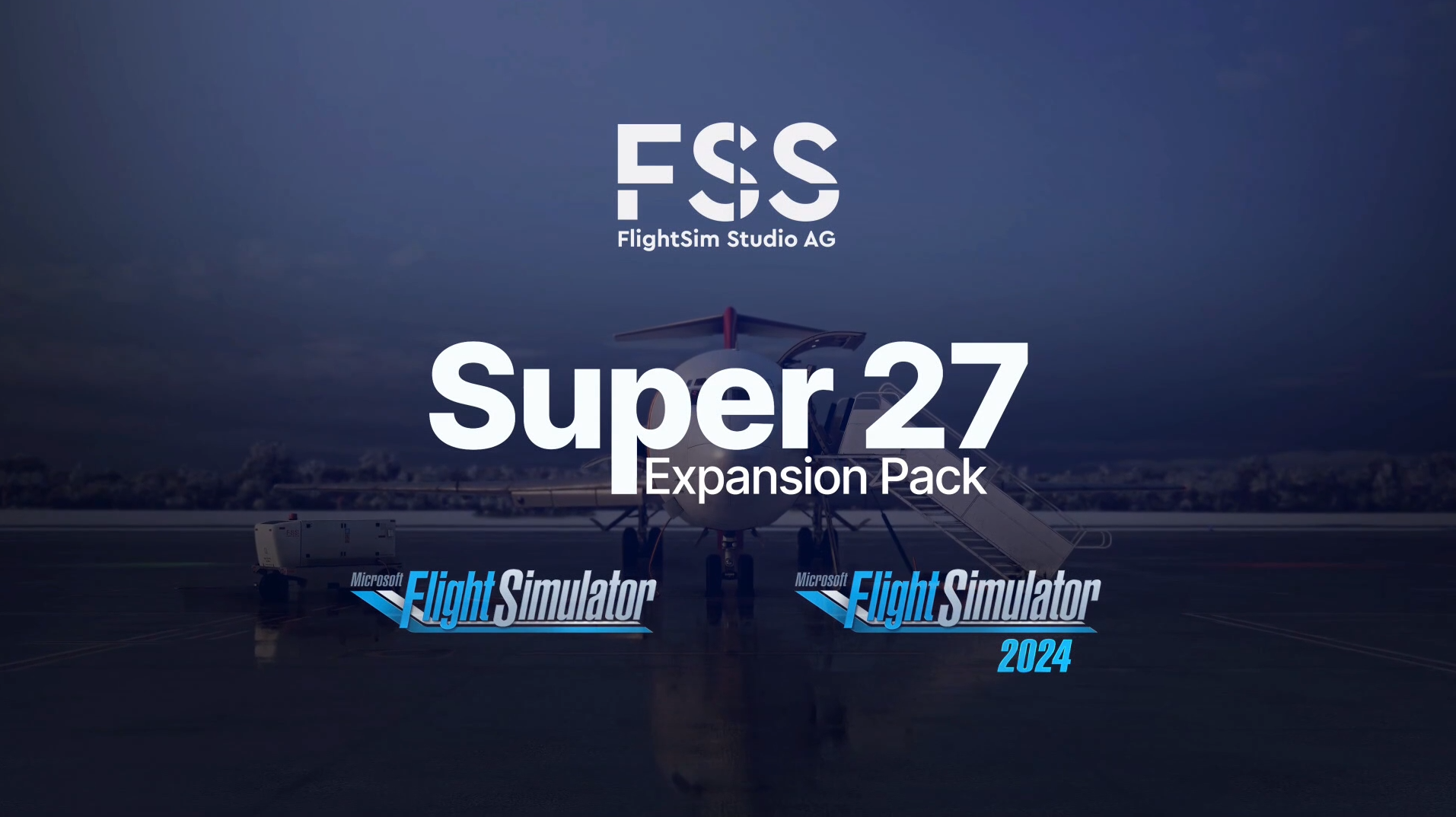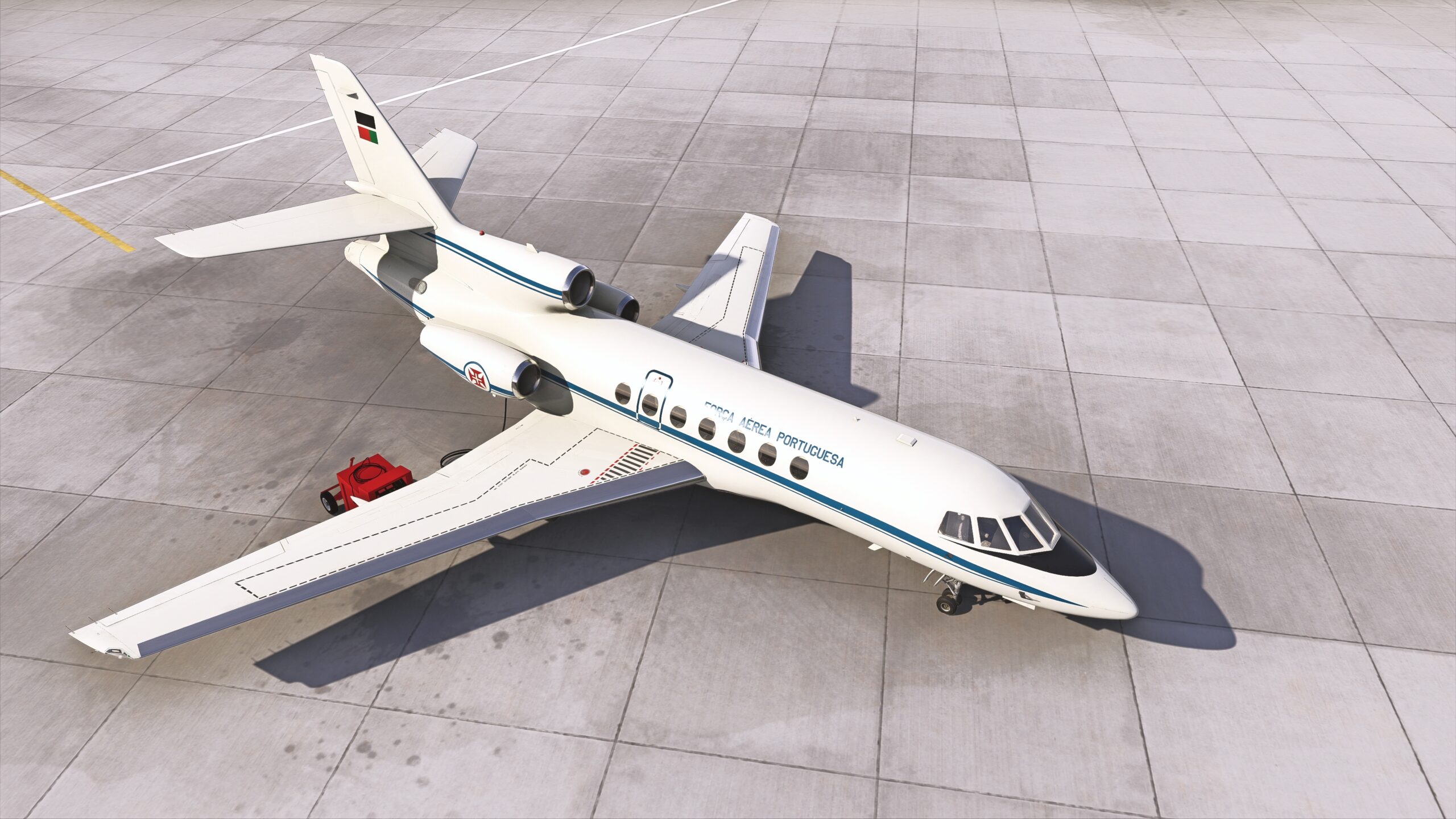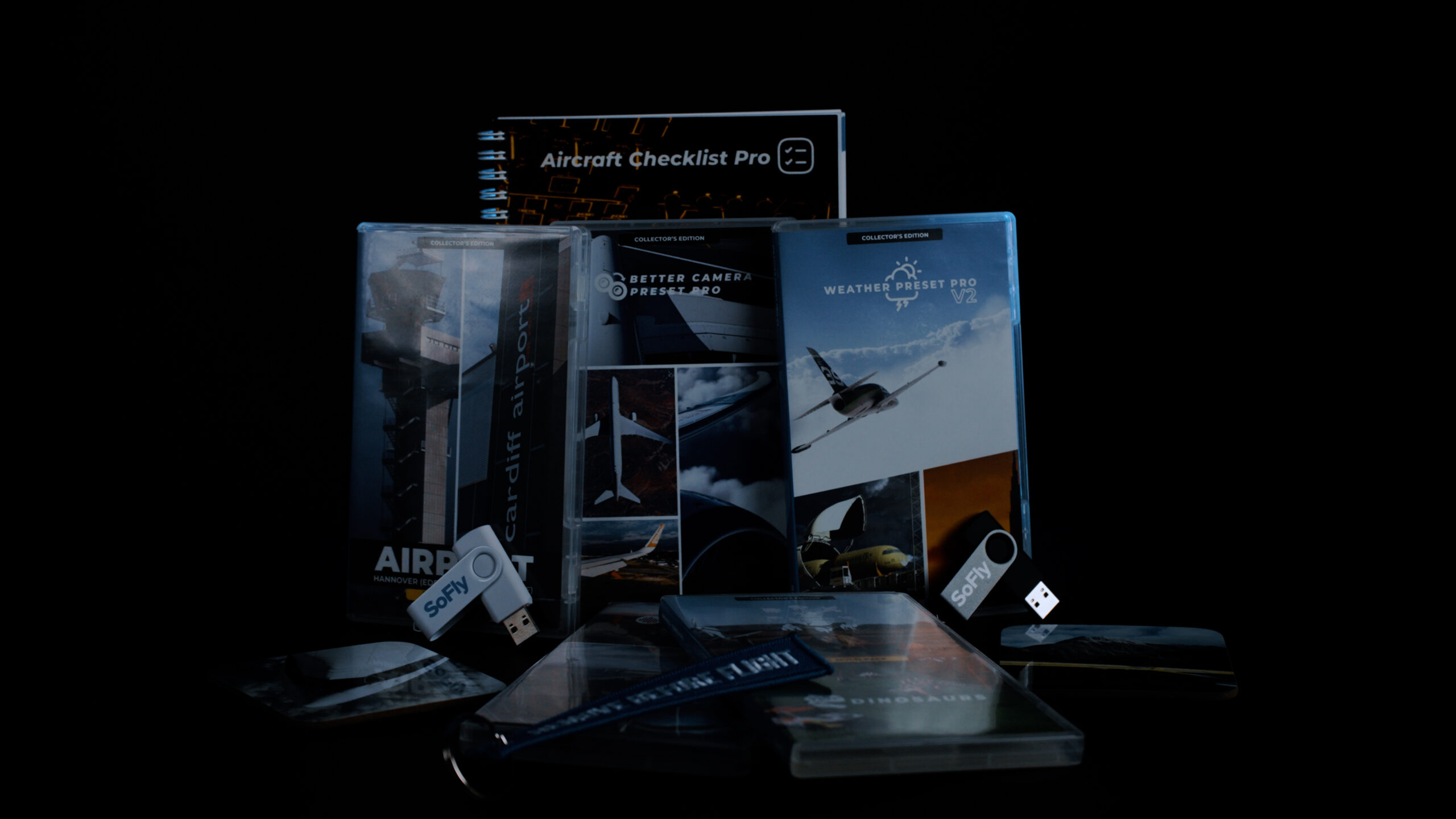After a lengthier break during which both teams were working hard on the new scheme of The Workshop, we can, with enthusiasm and joy, introduce you to the new and freshened look of the series. We have agreed on a plethora of noticeable changes. Thus, if you want to learn more about them in detail, we can gladly suggest you read our press release by clicking here.
In this episode of The Workshop, with the new format already in place, BlueberryKing will go in-depth about his work on the bleed air system which he is currently working on for the A32NX addon. The article will also give you a better idea of to what extent do the developers want to implement this system once it is ready.
Holland will then take over and summarise the work the team has done on the addon in the past few weeks as well as give us an idea of what we can expect in the foreseeable future, and perhaps some idea of what we can expect in 2022.
Throughout the post, you will also find various A32NX screenshots taken by community members and uploaded at the FlyByWire Discord server. If you find your screenshot, feel free to let us know in the comments!
Bleed air system
Written by: BlueberryKing
Modern airliners rely on a supply of pressurized air for several systems. This air is provided by the bleed air system. Fundamentally, this works by bleeding off the highly pressurized air going through the engine.
One of the primary users of the bleed air system is the packs. These use bleed air from the engines, filter it, cool it down to provide it as fresh air to the passengers, and pressurize the cabin from the inside to maintain a breathable atmosphere even at high altitudes.
It is important to note that this hot, compressed bleed air does not come from the engines for free. While it is usually negligible, there is a performance deficit when bleed air is being used, which is why some airlines prefer to turn off the packs – one of the main users of bleed air – for the takeoff roll to maximize performance. The packs will of course have to be turned on after the aircraft gets airborne to pressurize the cabin.

Another responsibility of the bleed system is the engine start process. Due to the way a jet engine works, the turbine needs to be spinning already to get the combustion cycle going. Since the engine will not be running yet at that point, the APU is used as a bleed air source. The air it provides is pumped into the turbines to get them spinning a bit until the fuel is ignited and the engines can sustain themselves.
One of the first features you’ll be able to enjoy on the A32NX with the new bleed system will be to be able to perform a cross bleed engine start. In this procedure, you use the bleed air of one started engine to start the second engine. However, this is not a standard procedure as it requires you to rev up the running engine to have enough air pressure on the other side to actually get the engine going.
In the A32NX, the bleed system is modeled on a fundamentally physical level to maximize realism. Every pipe and every valve is modeled individually. There is essentially a fluid simulation running in the simulator, consistently recomputing pressure and temperature throughout every pipe segment.
There are several advantages to choosing this approach. For one, this makes it straightforward to connect up sensors to monitoring systems like the ECAM and the Bleed Monitoring Computer (BMC), which are responsible for controlling valves and making sure that all parameters are where they should be. The BMCs are also fully redundant in the A32NX. Usually, there is one BMC responsible for controlling the bleed valves on one side of the aircraft. Should one fail, the other can take over all monitoring and controlling functions of the primary one.
In the future, we will be able to realistically simulate pipe leaks and valve failures. The consequent pressure readings running out of limits for example will follow naturally as the simulation runs.
Development Progress
Written by: Holland
LNAV
We are working on the first of a series of large updates to LNAV following our first implementation. The initial update will include support for significantly more procedure leg types, better turn prediction including initial overfly support and holding patterns.
We will be adding other features like missed approaches, DME arcs, offsets, procedure turns and more in the next updates
VNAV
We are currently bringing together the VNAV framework to bring the performance engine into calculating predictions for multiple things (i.e. solving pseudo waypoints like ToC, ToD, etc., or generating a vertical path)
We’ve done verifications with IRL pilots to determine the fine details of CDA (continuous descent approach), a feature exclusive to our aircraft (as our FMS is the only one providing this feature, and we are the only ones simulating this FMS). This will allow us to provide a realistic implementation of this mode.
The next step will be integrating guidance elements (VPATH law, FINAL APP) into the VNAV code.

EFIS communication
We have completely reworked the way the FMS communicates with the EFIS in order to match IRL designs. This allows us to not only improve performance by not running FMS code twice to display the flight plan, but also better matches IRL failure considerations and prepares us for FMGC failure simulation and separated FMGCs.
Stored Waypoints
We’ve added stored waypoints, allowing pilots to create new fixed based on relative positions like place/bearing, place/bearing/distance or simply coordinates.
You can learn more about this functionality by reading our docs page: docs.flybywiresim.com/pilots-corner/advanced-guides/data-management/#stored-waypoints
Installer
We’re expanding our installer to cover more use cases and have been in talks with various developers to integrate their free add-ons onto the platform. Additionally, we plan to support further customization of downloaded content as our add-ons and other developers’ become more varied.
2022
We’d like to say thank you to everyone who has supported us this year, either by using our aircraft, participating in the community, developing or donating. This endeavour to create the most realistic aircraft possible would not be possible without all of you! We hope to surprise you even more in 2022.
Feel free to join our Discord server to share your feedback on the article, screenshots from your flights or just chat with the rest of the team and the community. Click here to join the server.






